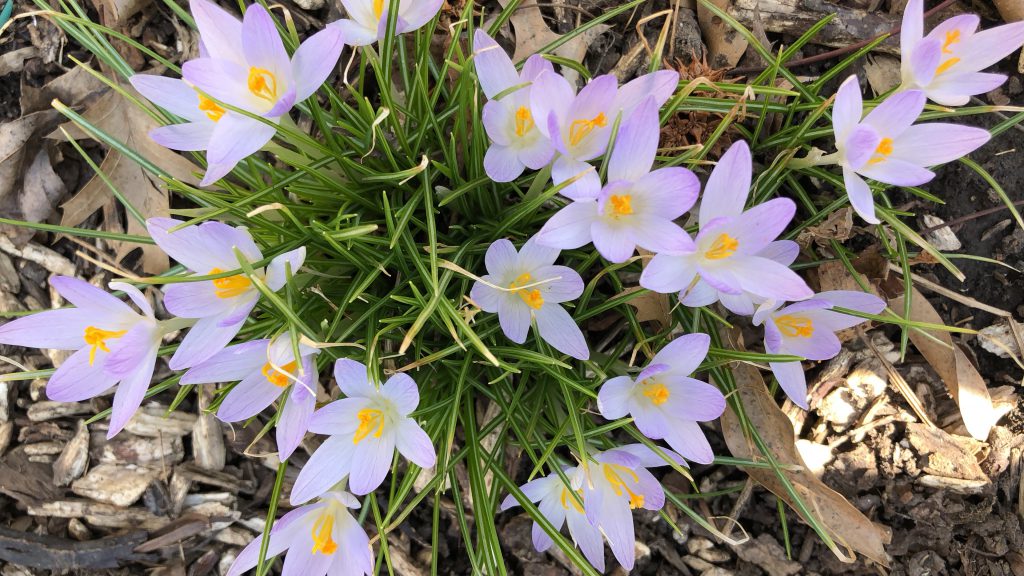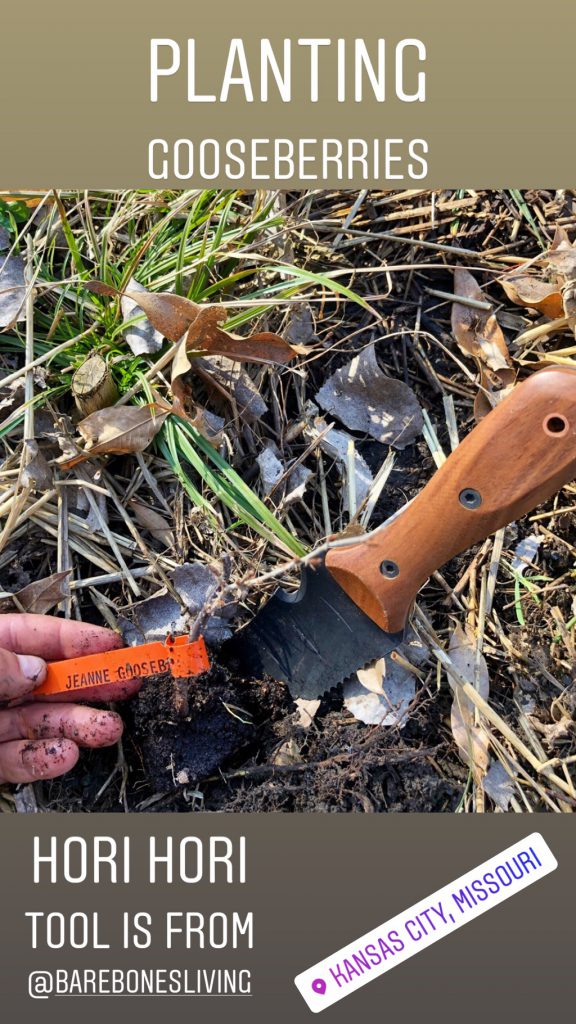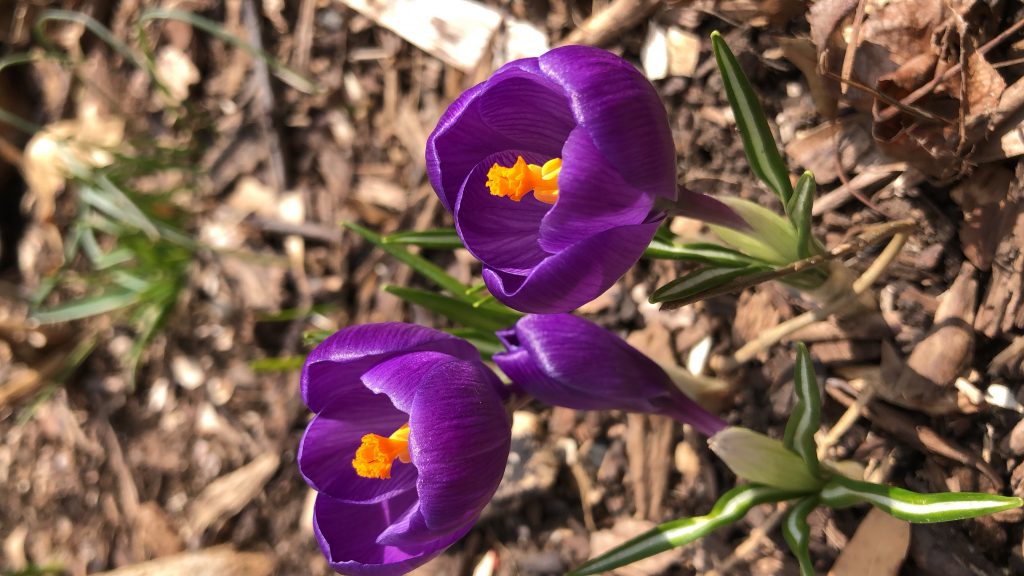Here’s a list of what you should do in your garden in March, if you live in the Midwest (specifically in USDA zones 3-8). Granted, weather isn’t exactly a science… well it is… it’s just not an exact science. Just keep a close watch on your weather and plan your planting accordingly. If you are not sure what your growing zone is (or how to use it), watch this tutorial video. If you are in a warmer climate, don’t worry, you can CLICK HERE for the Zone 9-11 March To-Do List.
Without further delay, ladies and gentlemen, here is your completely arbitrary March Gardening To-Do List!

In the Garden
- Take soil tests and send to your local extension office. Take samples from each area of your yard and make sure to get the detailed report. The most important part for me is not the NPK… it’s the amount of organic matter! Generally speaking if you have a higher percentage of organic material in your soil, the rest of the soil health will follow suit.
- Make minor amendments before the spring rains (add bone meal, blood meal, etc.).
- Spread chicken poop and hay from the nesting boxes on the compost pile and get it working before it’s warm.
- Start planting some frost friendly veggies (radish, Swiss chard, cabbage, broccoli, some lettuces, etc.) We recommend direct sowing a little every week, so that way your harvest is staggered. It also helps to insure a diversified crop and give extra insurance that if one round dies… another one will do just fine!
In the Greenhouse
- Plant seed trays: tomatoes, peppers, eggplant, kale, broccoli, cabbage, etc. Start perennial seeds for food forest planting: goji berries, gooseberries, trees from seed, etc.
- Add black 5-gallon buckets of water (with lids) for radiant heat source, if you do not have a heated greenhouse.
- TIP: Always plants more than what you think you’ll need. The worst case scenario is that you have some to share with neighbors, friends, or gorilla plant in a local park.
In the Food Forest

- Break up any large sticks and twigs. They will decompose much faster if they are in direct contact with the soil.
- Remove leaf cover from the soil and use as a mulch around the base of trees / bushes (cover the sticks). You can chop it up a bit with the mower if the leaves are still crispy.
- Plant alley crops between rows and plantings. In our area I often use a blend of red clover, white dutch, yellow closer, and crimson clover. I plant this between the rows.
- Plant living mulches around the base of the trees (turnips, bocking 14 comfrey root, berries, herb roots, etc.).
- Feed native wild birds before nesting season starts in order to encourage them to live in your area. They are fantastic bug control and leave behind little bits of birdie poo.
- Hang wild bird houses and bat houses before nesting season begins.
- Set out orange halves and grape jelly to attract early migrating orioles.
- Last chance to prune apple trees (before buds open)!
- Spray your spring foliar spray on every perennial in the food forest! Get our recipe here.
- Add fresh mulch to trees and shrubs (up to 5″ thick). Remember to always keep the mulch away from the trunks of the trees.
- Get a permaculture consultation to help you come up with a game plan for your overall property, garden, and food forest. PermacultureFX now offers digital consultations (at a reduced rate)! Virtual design services are a great way to start your food forest with the best chances for growing success. We’ll tell you what to plant, where to plant, how to get it in the ground, and even how to harvest and maintain your food forest. Travel is an option for those who prefer in-person services.
In the Shed
- Sharpen mower blades and all cutting tools.
- Oil any metal that rusted over the winter. Remove tarnish with steel wool. Ax heads should be treated with bees wax.
- Check for broken pots from winter cold.
- Set a few extra mouse traps in the shed, greenhouse, and garage.
- Start up the mower, weed whipper, and other tools for the first time. If you have difficulty starting them, you can always use a bit of Sea Foam to get things moving. Use two ounces per gallon of gas. It will work wonders!
In the Chicken Coop
- Remove winter bedding, if you used the deep bedding method.
- Deep clean…deep clean…deep clean! We use Shaklee’s Basic H2, because it’s organic and will also take care of mites, lice, etc.
- Lower fat content (corn) and increase protein sources. If you are doing a mealworm farm, it’s a great time to give the girls an extra boost!
- Feed extra omega-3’s. Get some feeder fish (minnows) from a local pet store and put them in a shallow pan. Watch your chooks go nuts for them!
- Use honey, garlic, and ACV in their water once per week to give them an extra immune boost before the springtime. I also add a product for livestock by SCD Probiotics based out of KCMO.
Around the House
- Clean out the gutters from any winter debris.
- Remove winter window treatments and wash windows (inside and out).
- Power-wash the sides of the house, cement, and garage doors. We use Basic H2 for this as well, because it organically takes care of mold and mildew easily.
- Oil doors and hinges (interior and exterior).
- Prune any trees around the yard before leaf buds begin to open.
- Get hoses ready to bring outside.
In the Perennial Flower Beds

- Finish cutting back any dead growth from last year.
- Trim back winter ferns and greens (holly, lenten roses, etc.)
- Remove leaves or debris from the top of bulb areas, leaving only compost or wood chips. The debris should be composted and added back to the beds later.
- Start planning mulch and compost deliveries now. Look for sales or companies to bring it to you in bulk.
- You can also plant cold season annual flowers at this time as well. Snap dragons, violas, pansies, and calendulas do great this time of year.
- Spring sow any native wildflowers. One of my favorite Midwest companies for this is Prairie Moon Nursery (online), because they do seed mixes geared toward your specific sun exposure and soil type.
- IMPORTANT TIP: Never use mulch that has been colored or dyed (red or black). Let’s just use our heads on why that’s a bad idea.
